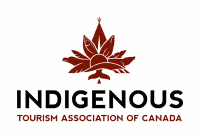Information About the ‘Northern Lights’
Aurora Village is the best place for visitors to experience the magic and wonder of one of the most phenomenal displays on earth. But what are the Northern Lights… better known as Aurora Borealis? When can you see them? How do they happen? Read on below and then come and join us in our Teepee Village and watch in comfort as the brilliantly beautiful Aurora dances across the northern sky!
What is Aurora?
The Aurora, or Northern Lights, are a natural phenomena that have to be seen to be believed. The incredible light show in the sky is caused when electrically charged particles from the sun enter the earth’s atmosphere. When these particles collide with the gas atoms and molecules of the earth’s atmosphere, the lights of the Aurora are emitted. This reaction creates distinct colours in the night sky, from the common green lights to a white, yellow, blue, pink, purple and rare red. The more collisions, the brighter the lights.
The different colours of the Aurora are created by particles colliding with different gasses in our atmosphere. As the earth has two magnetic poles, we see the Aurora Borealis at the North Pole and you will find the Aurora Australis at the South Pole.
Aurora Borealis means “northern dawn” in Latin. In ancient Roman times, Aurora was the goddess of dawn while Borealis meant northerly, hence the term Aurora Borealis. Most commonly, they are called the Northern Lights. Other variations include polar lights, northern polar lights, aurora polaris, and polar spirits.
Did you Know?
When you tour with us for three nights of aurora-viewing you have roughly a 95-percent chance of seeing the aurora at least once and if you make it four its almost 100% (we do the numbers). Take a look at our Nightly Aurora Photo Log to see how often we have an aurora display at Aurora Village.
Where Is The Best Place To See The Aurora?
Yellowknife in the Northwest Territories of Canada: hands down. The city and surrounding area are directly beneath the aurora oval, which is a halo-like ring found around both of the earth’s magnetic poles. Although there are other places just below the aurora oval, the Yellowknife area is the best because of its relatively flat topography, coupled with few geographical obstructions. This allows for a higher percentage of clear weather, particularly in the winter, and therefore a much higher viewing probability.
When you stay with us for three nights of aurora-viewing you have roughly a 95-percent chance of seeing the aurora at least once. Take a look at our Nightly Aurora Photo Log to see how often we have an aurora display at Aurora Village.
How to Maximize Your Aurora-Viewing Probability…
The Aurora can be seen in the Yellowknife area up to 240 days of the year, which is when our skies are dark. In the summer, we have the midnight sun, so there is too much daylight to see it!
When there are no heavy clouds, it is almost always visible. In order to maximize the probability of seeing the aurora, we recommend three consecutive days of aurora-viewing.
We keep a daily record of Aurora sightings and have found each season there is a 95% chance of seeing the Aurora within three consecutive days. You can check out the daily record here: Nightly Aurora Photo Log.
If you’re looking to get a sneak preview of what the night might potentially hold, check out the Astronomy North Aurora Forecast The aurora forecast is actually a calculation based on measurements of the solar wind, which is why it is only possible to have a short-range forecast. Most often, it’s only possible to see the potential for the northern lights a few hours before it is supposed to happen! Luckily, we’re situated in the best aurora-viewing location, so we see it almost every night.
Much like a weather forecast, the aurora forecast isn’t a guarantee of what will actually happen. Your aurora-viewing experience depends on many factors, not all of which can be represented in the forecast. For current weather conditions, please visit the Yellowknife Weather Network website.



